✓ Joining us on our Whatsapp Channel: 💬 Explore and Escape!.
Booking through us:
✓ 🏩 🛌 Handpicked Luxury Stays in Budget: Booking.com | Agoda.com
✓ 🍹⛱️ Deals on Private xfers, SIM Cards, City tours, Day trips : 📍🗺️ GetYourGuide | 🛵🧳 Klook
com/landmarks/oceania-landmarks/landmarks-of-australia/”>landmarks in Europe, and so are in Saudi Arabia.
Saudi Arabia is a treasure trove of cultural jewels, each one standing tall like a gilded emblem of the nation’s heritage.
From the towering peaks of Jabal al-Lawz to the gleaming spires of Makkah’s Grand Mosque, these landmarks are a testament to the triumphs and tribulations of its people throughout history.
1. Masjid al-Haram – Mecca
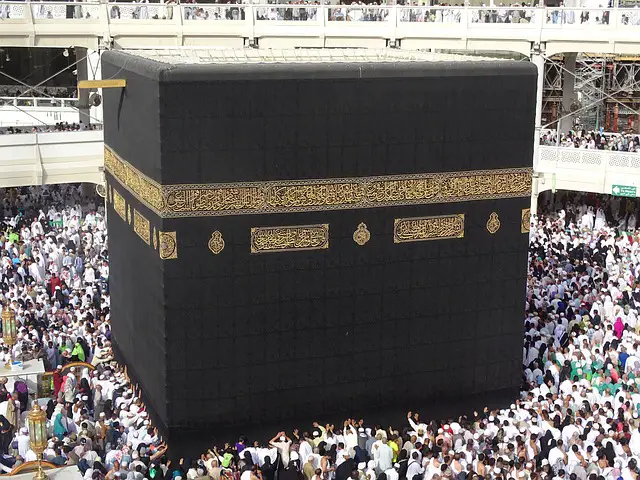
Masjid al-Haram, also known as the Grand Mosque, is one of the holiest sites in Islam. It surrounds the Kaaba, the black cube-shaped structure towards which Muslims around the world pray.
What to see or do: – Walk around the mosque’s massive courtyard, which can hold up to four million people during the annual Hajj pilgrimage.
Don’t miss: – The Abraj Al Bait Towers, a striking set of skyscrapers located next to the mosque, which offer unbeatable views of the mosque and the surrounding area.
Insider travel tips: – Non-Muslims are generally not allowed to enter the mosque, so plan your visit accordingly.
2. Al-Masjid an-Nabawi – Medina
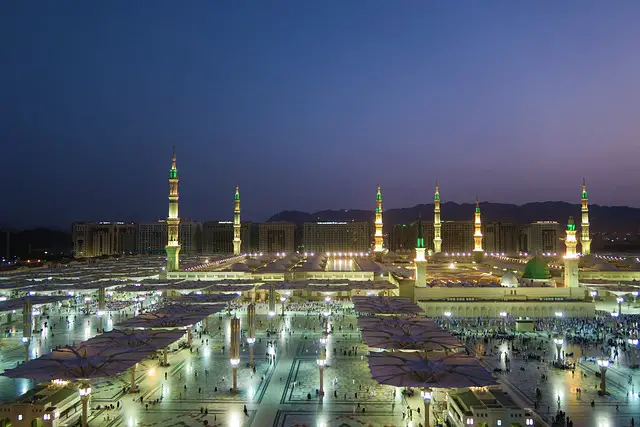
Al-Masjid an-Nabawi is a mosque located in the city of Medina, Saudi Arabia. It is one of the holiest sites in Islam and serves as the final resting place of the prophet Muhammad.
What to see or do: Visitors can enter the mosque and see its impressive architecture and design, including the iconic green dome. They can also participate in prayers and religious ceremonies, or simply take a moment for quiet reflection.
Don’t miss: The chance to pay your respects at the prophet Muhammad’s tomb, located within the mosque. Visitors should also take time to explore the surrounding city and learn about its rich history.
Insider travel tips: Non-Muslim visitors should be respectful and observe dress codes when entering the mosque. It is also recommended to visit during off-peak hours, as the mosque can become quite crowded during peak pilgrimage times.
3. Abraj Al Bait – Mecca
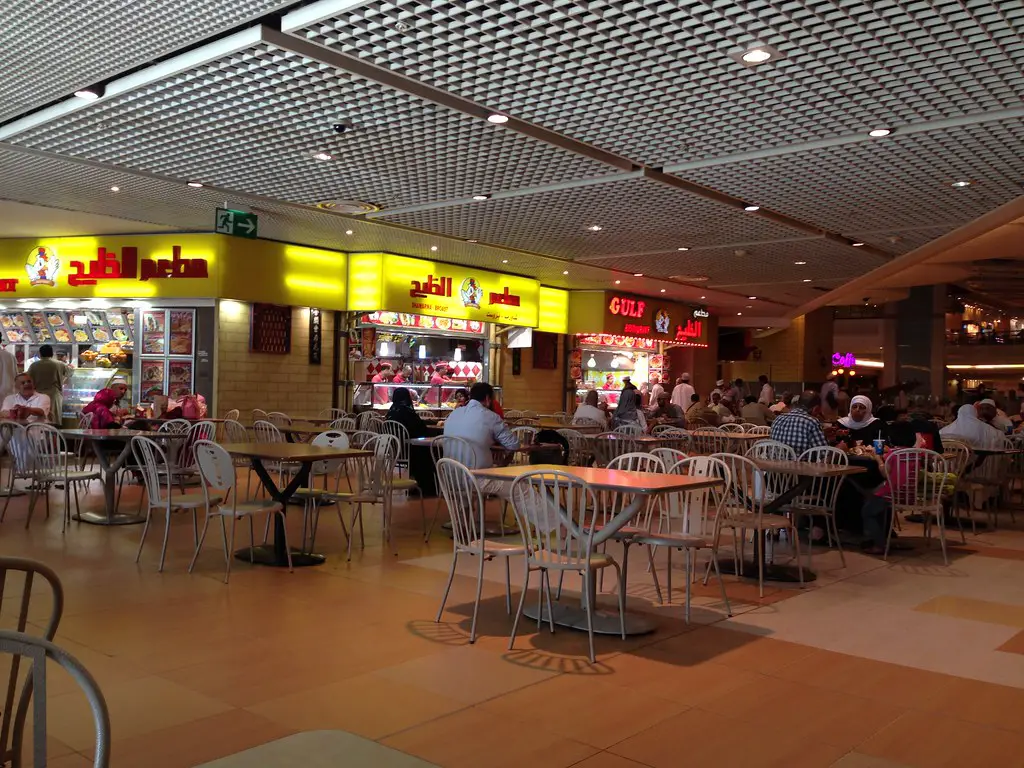
A complex of seven skyscrapers in Mecca, Saudi Arabia, including the world’s third tallest building, the Makkah Clock Royal Tower.
What to see or do: The Abraj Al Bait complex houses hotels, apartments, shopping malls, and a convention center.
Visitors can admire the impressive architecture and design of the towers from the outside, or stay in one of the luxurious hotels inside the complex.
Don’t miss: The Makkah Clock Tower, which is visible from nearly every corner of Mecca, is a must-see.
The clock face is over 141 feet in diameter and each of the four clock faces is illuminated by over two million LED lights.
Insider travel tips: For a unique experience, dine in one of the restaurants located on the upper floors of the Makkah Clock Tower, which offer stunning views over the city.
Be aware that the complex is located in the sacred area of Mecca and is only accessible for Muslims during the Hajj pilgrimage season.
4. Masmak Fortress – Riyadh
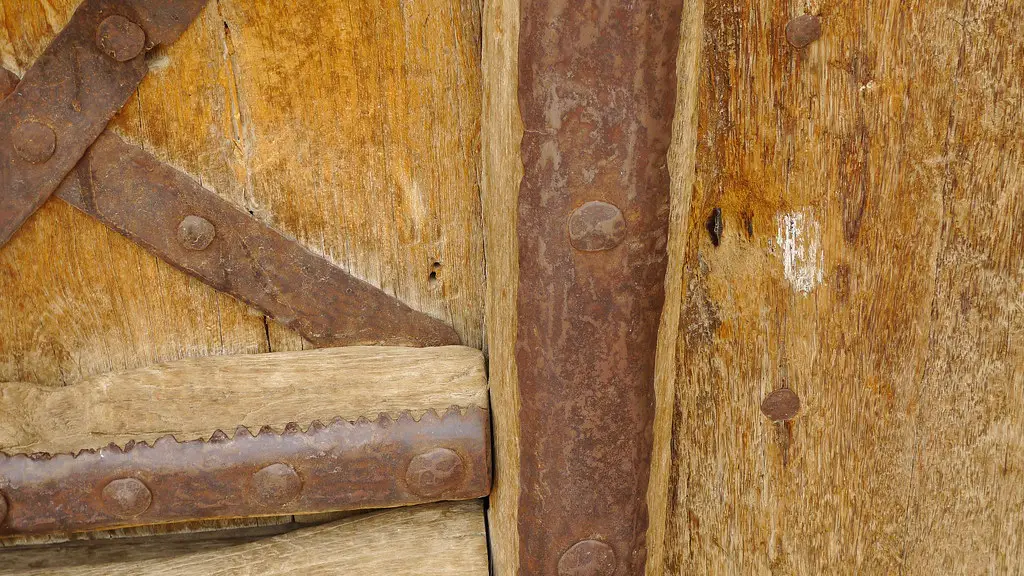
Historic fort turned museum in Riyadh, Saudi Arabia.
What to see or do: Explore the fortress and the exhibitions within it showcasing Saudi Arabia’s rich history, including ancient artifacts and traditional weapons.
Don’t miss: The iconic palm tree wooden door of the fortress, which was famously breached by King Abdulaziz in 1902 when he took control of Riyadh.
Insider travel tips: Visit early in the morning to avoid crowds and the extreme heat of the day, and be sure to wear appropriate clothing to respect local customs.
Also, take advantage of the guided tours offered to learn even more about the fascinating history of the fortress and its significance to Saudi Arabian culture.
5. Qasr Al-Hokm – Riyadh
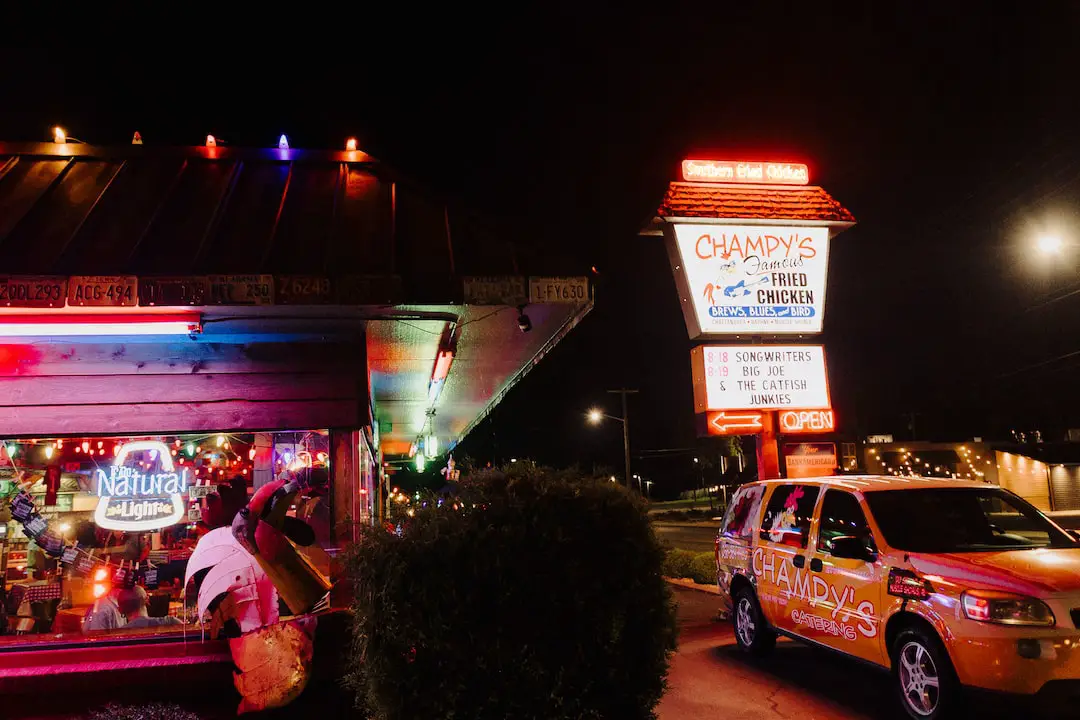
Qasr Al-Hokm is a historic castle located in the heart of Riyadh.
What to see or do: Visitors can explore the castle’s beautiful architecture and learn about the history of the Saudi Royal family and the region through exhibitions and displays.
Don’t miss: The castle’s stunning interior decorations, including intricate tile work, ornate doors, and beautiful chandeliers.
Insider travel tips: – The best time to visit Qasr Al-Hokm is in the morning when it’s less crowded.
6. Edge of the World – Riyadh
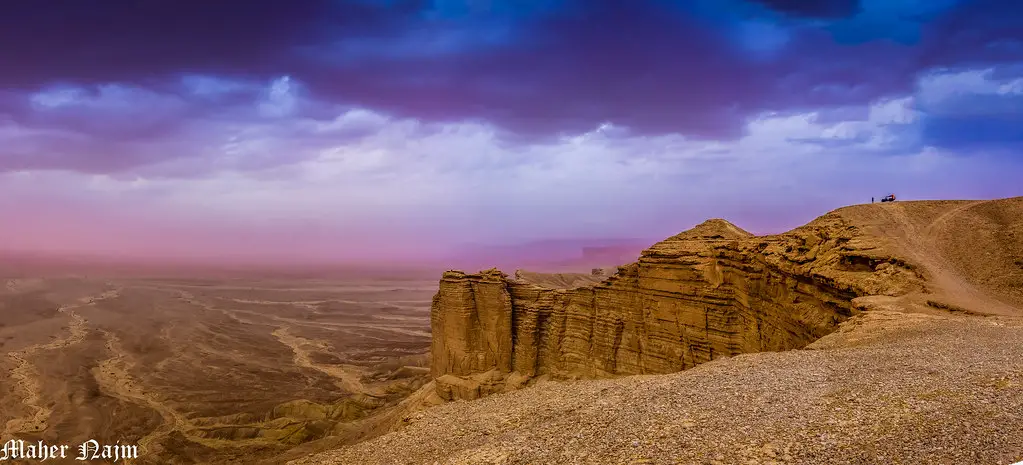
Edge of the World is an awe-inspiring natural wonder located on the outskirts of Riyadh, Saudi Arabia.
What to see or do: The Edge of the World offers a breathtaking view of the endless desert extending as far as your eyes can see.
You can hike, trek, or drive to get to the top of the cliff and experience the stunning panoramic view of the valley below.
You can also set up a camp and spend the night amid the tranquil setting of the desert.
Don’t miss: Make sure to capture the mesmerizing sunset view from the top of the cliff.
Insider travel tips: It is advisable to visit early in the morning or late afternoon to avoid the intense heat. Also, be sure to carry plenty of food and water as there are no outlets or vendors in the vicinity.
Additionally, wear comfortable shoes and pack your camera to capture memories that will last a lifetime.
7. Jannatul Baqi – Medina
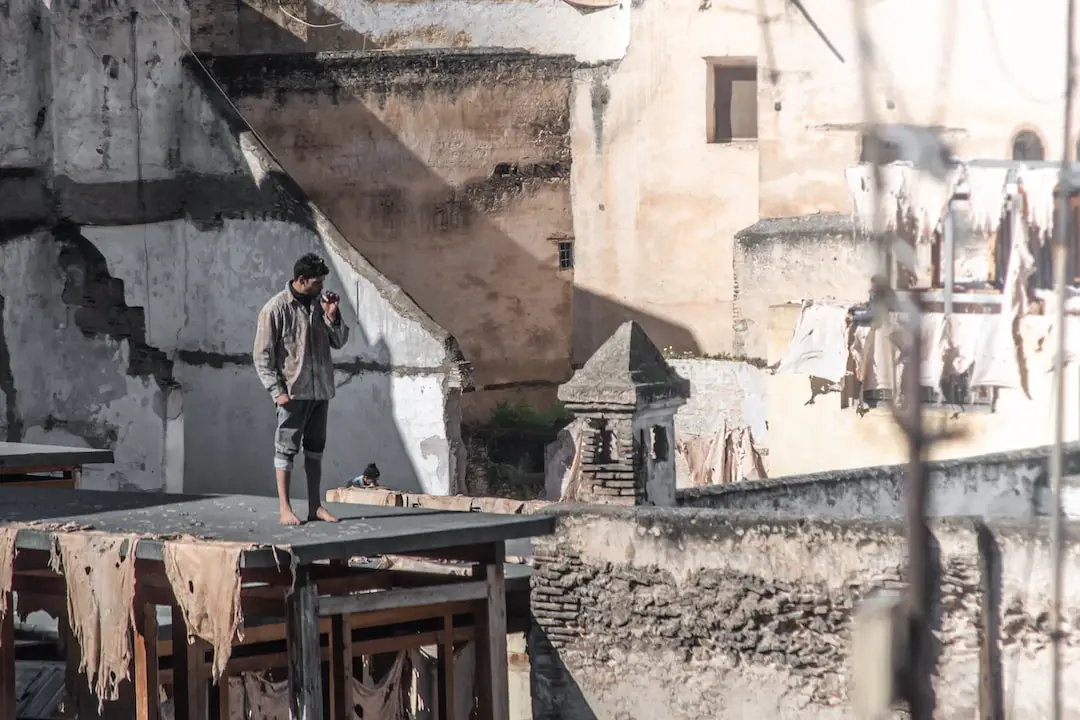
Jannatul Baqi is a significant cemetery located in Medina, Saudi Arabia.
It is the final resting place of many prominent figures in Islamic history, including several family members of the Prophet Muhammad.
What to see or do: Visitors can explore the expansive grounds of Jannatul Baqi and pay their respects to the many holy figures buried there. The cemetery is divided into several sections, including areas for men, women, and children.
Don’t miss: One of the most notable graves in Jannatul Baqi is that of Fatimah binti Rasulullah, who was the daughter of the Prophet Muhammad.
Visitors should also make a stop at the grave of Uthman ibn Affan, one of the Rightly Guided Caliphs and a close companion of the Prophet.
Insider travel tips: It is recommended that visitors dress modestly when visiting Jannatul Baqi and respect the solemn nature of the cemetery.
Additionally, many visitors choose to bring flowers or other small offerings to leave at the graves of loved ones or significant figures buried there.
8. King Fahd’s Fountain – Jeddah
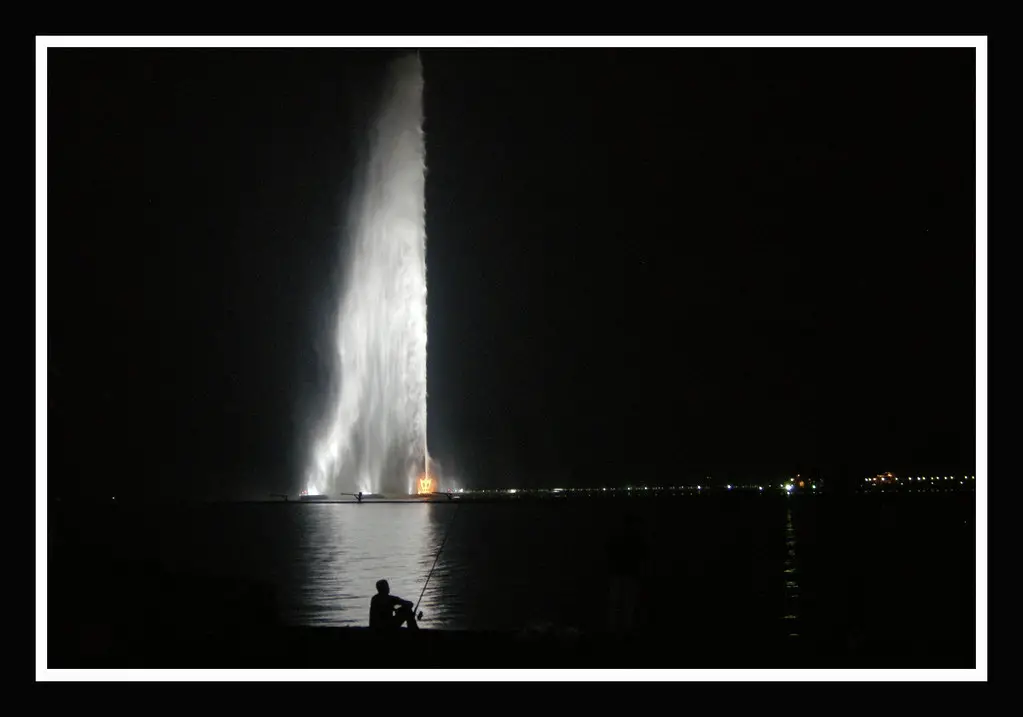
King Fahd’s Fountain, also known as Jeddah Fountain, is a stunning display of water shooting up to 853 feet high, making it one of the tallest fountains in the world.
What to see or do: Visitors can watch the fountain’s beautiful light and water display from the nearby Jeddah Corniche. The fountain is illuminated with over 500 spotlights that give it a spectacular charm, especially at night.
Don’t miss: Don’t miss out on taking a boat ride near the fountain for a closer look at the remarkable water display. Another must-see is the nearby Jeddah Sculpture Museum, which houses famous artworks by international artists.
Insider travel tips: It’s best to visit after sunset to witness the incredible light show by the fountain.
As it’s located near the Red Sea, visitors are advised to bring sunscreen, hats, and sunglasses to keep themselves protected from the sun.
Additionally, avoid visiting during weekends when the area is crowded with locals.
9. Al-Balad – Jeddah
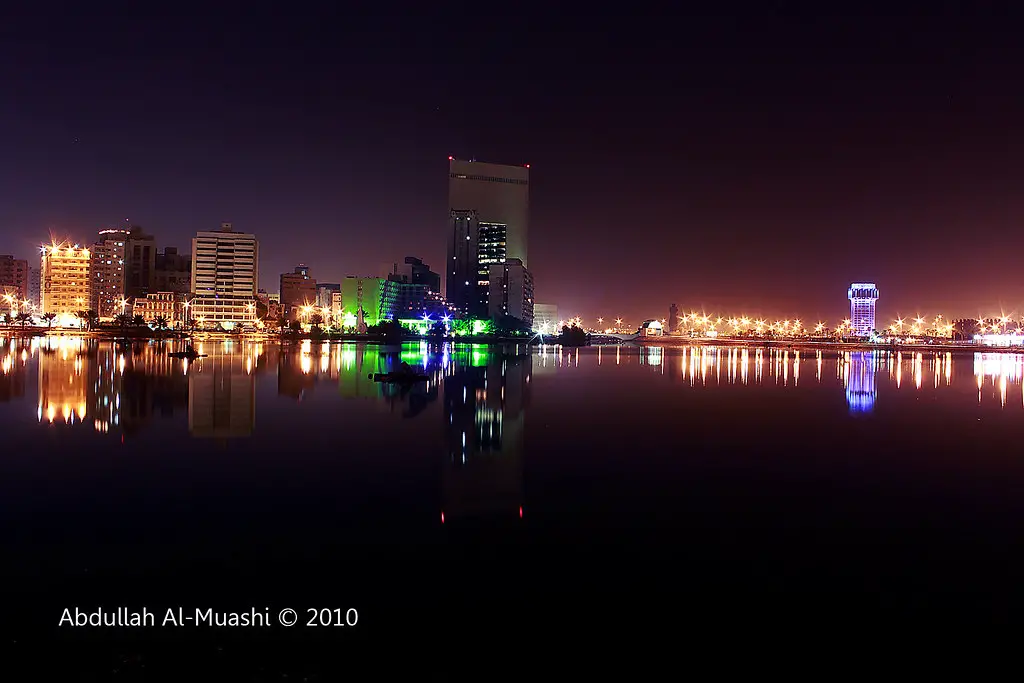
Historic district in Jeddah, Saudi Arabia.
What to see or do: Walk through the narrow streets and immerse yourself in the traditional architecture and culture of the area. Visit the many souks (markets) selling everything from spices and textiles to jewelry and furniture.
Check out the numerous historic buildings, including the Nasseef House, which has been turned into a museum.
Don’t miss: The iconic Jeddah Flagpole, which stands at 170 meters tall and is the tallest unsupported flagpole in the world. Another must-see is the Al-Shafi’ Mosque, which dates back to the 16th century.
Insider travel tips: Wear comfortable shoes and clothing as the streets can be crowded and uneven. Try the traditional street food at the many food stalls and restaurants.
Bargaining is common practice in the markets, so don’t be afraid to haggle for a good price.
10. Madain Saleh – Al Ula
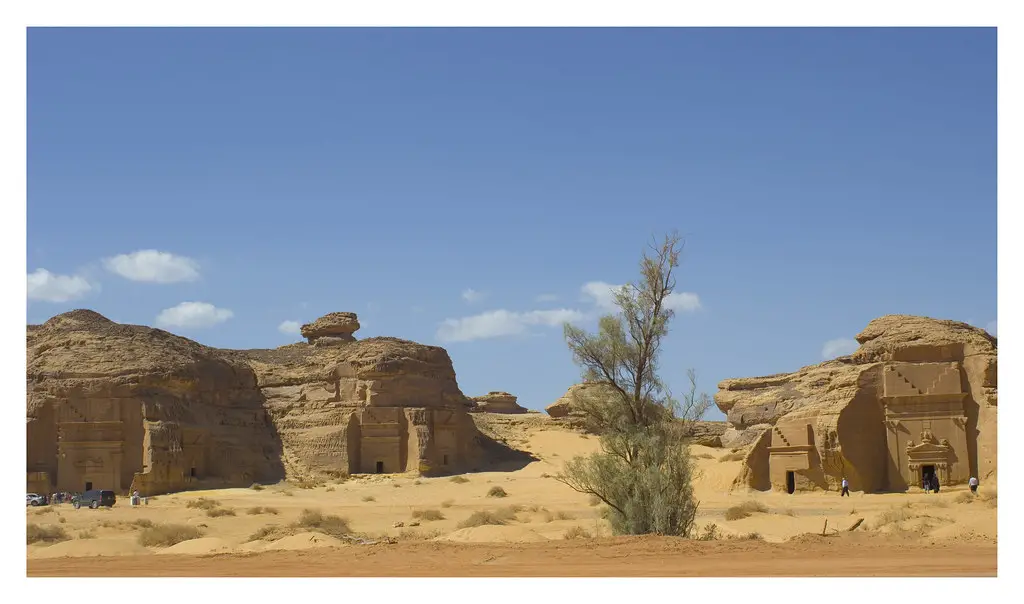
Madain Saleh, also known as Hegra, is an archaeological site located in Al Ula, Saudi Arabia. It is a UNESCO World Heritage Site and one of the kingdom’s most iconic landmarks.
What to see or do: Visitors can explore over 100 tombs and structures carved into sandstone mountains that date back to the Nabataean era. The site features remarkable rock formations, inscriptions, and ancient architecture that reflect the Nabataean civilization’s incredible engineering and artistic skills.
Don’t miss: The Al Diwan, they are four large plastered benches it is believed to have been a Roman-style audience chamber that was cut out of the rock.
Al-Khuraymat and Al Farid are tombs worth visiting too.
Insider travel tips: Plan your visit during the winter months, from November to February, when the temperature is milder and more pleasant. It is also advised to hire a guide to learn more about the history and significance of Madain Saleh.
To fully enjoy the experience, visitors must wear comfortable shoes and bring hats, sunglasses, sunscreen and enough water.
11. Al Tayebat International City – Jeddah
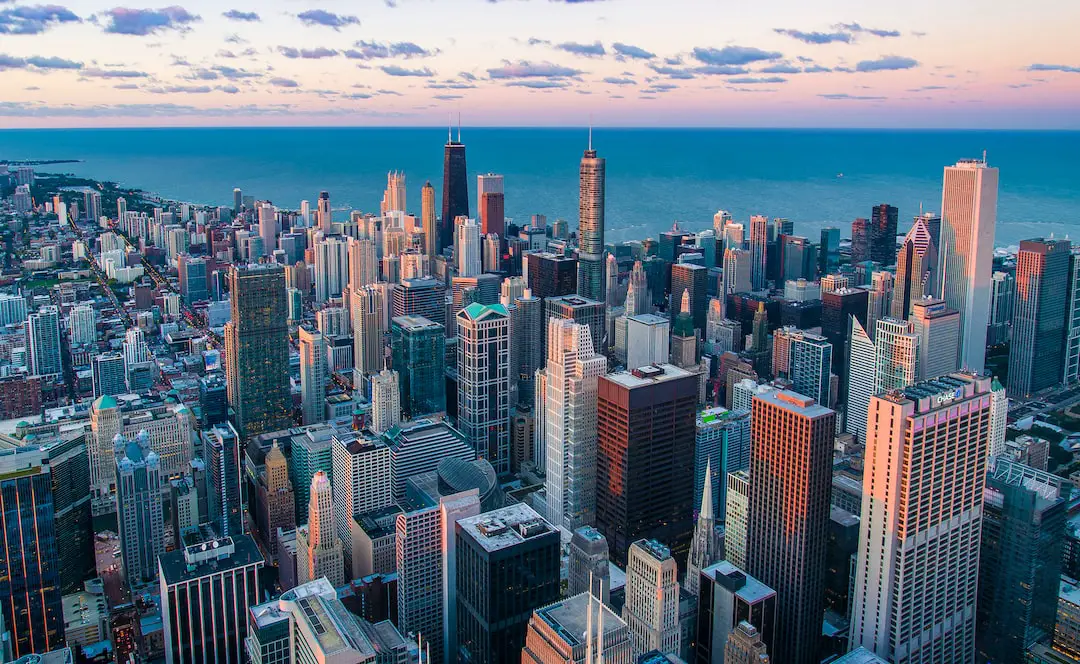
Al Tayebat International City is a complex that showcases the Islamic heritage and culture of Saudi Arabia.
What to see or do: Visitors can explore the city’s museums, art galleries, Islamic research centers, exhibition halls, and restaurants. The complex also houses a replica of a traditional Arabian souk, where visitors can shop for souvenirs and local handicrafts.
Don’t miss: The Al Tayebat Museum is the centerpiece of the complex and is home to a vast collection of Islamic artifacts, manuscripts, and artwork.
Visitors can also watch live performances of traditional music and dance at the cultural center.
Insider travel tips: It’s best to visit the complex during weekdays as it gets crowded on weekends. Dress modestly while visiting the mosque and other religious areas.
Visitors can also take a guided tour of the complex to get the most out of their experience.
12. National Museum of Saudi Arabia – Riyadh
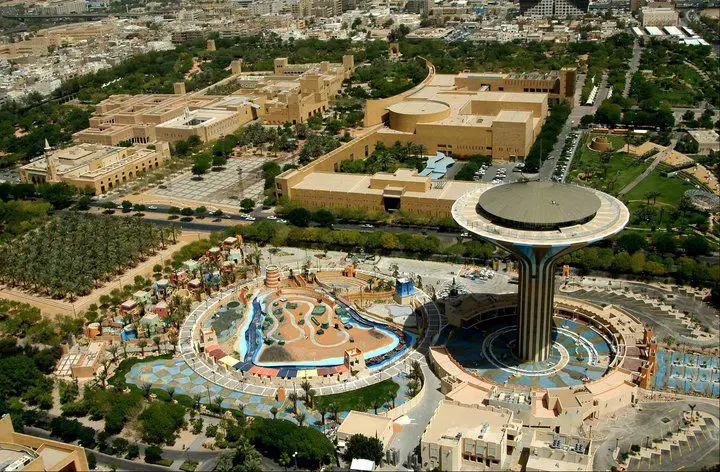
The National Museum of Saudi Arabia is the largest museum in the Arab World that showcases the country’s rich history, art, culture, and Islamic heritage.
What to see or do: The museum features eight galleries that offer visitors a comprehensive view of the country’s past and present. It features exhibitions on the Arabian Peninsula’s wildlife, ancient Arabian kingdoms, Islam’s emergence, and Saudi Arabia’s unification.
Don’t miss: The museum’s most prized possession is the Kaaba’s Kiswa, the black silk cloth covering the holy shrine in Mecca.
It also displays the rare and famous statues of the Nabataean royal family, Al-Ula’s artifacts, ancient manuscripts, and Islamic art and architecture.
Insider travel tips: Visitors can avail themselves of the audio guide in Arabic, English, or French to gain a better insight into the exhibits.
To avoid the crowds, visit the museum during weekdays. Also, bear in mind that photography is not allowed inside the museum premises.
13. King Abdulaziz Historical Center – Riyadh
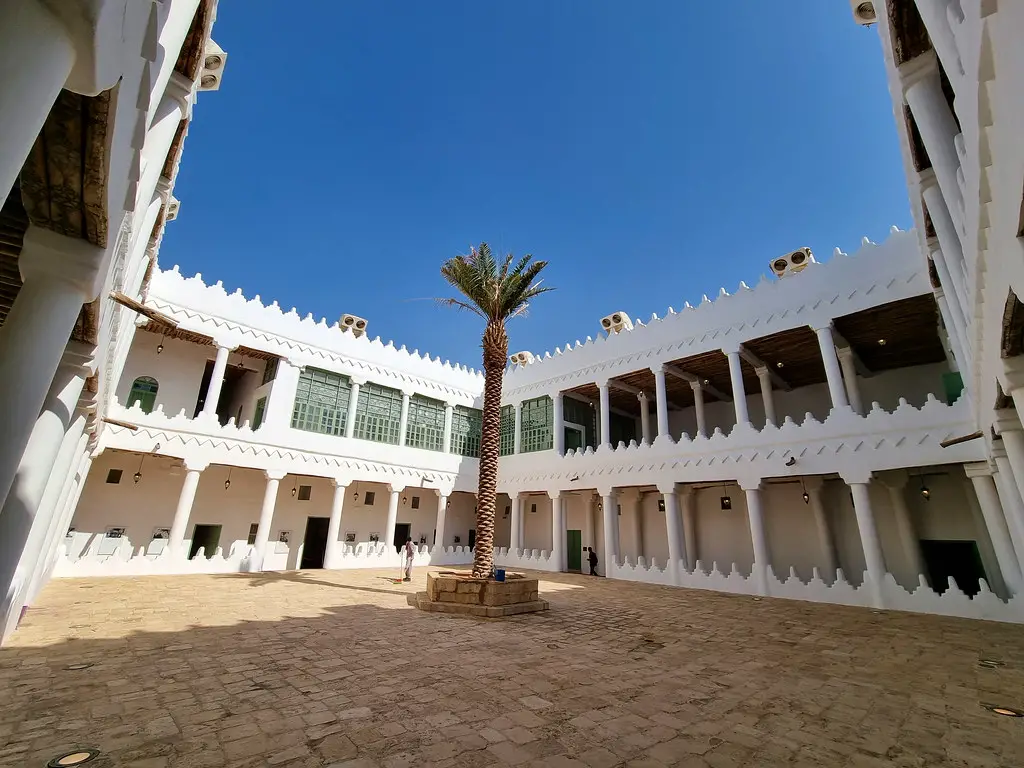
King Abdulaziz Historical Center is a museum complex in Riyadh dedicated to the history and culture of Saudi Arabia.
What to see or do: Visitors to the museum can explore exhibits that showcase the country’s traditional way of life, as well as important historical events and personalities.
The museum features interactive displays, multimedia exhibits, and artifacts that provide insight into Saudi Arabia’s rich cultural heritage.
Don’t miss: Make sure to see the impressive gallery of Islamic art, which includes calligraphy, ceramics, and textiles. The museum’s outdoor gardens are also worth a visit, with beautifully landscaped green spaces and fountains.
Insider travel tips: Be sure to wear comfortable shoes, as there is a lot of walking involved. And don’t miss the opportunity to try traditional Saudi Arabian coffee in the museum’s coffee shop.
Additionally, the museum is busiest on weekends, so plan to visit during the week if possible.
14. Jeddah Corniche – Jeddah
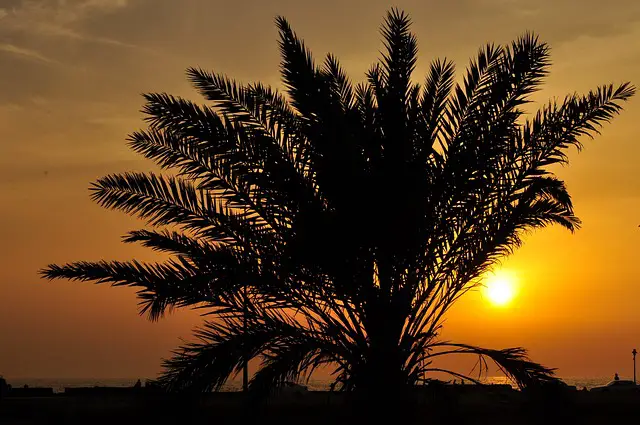
A leisurely waterfront promenade situated on the Red Sea coast in Jeddah, Saudi Arabia.
What to see or do: Take a leisurely walk along the seafront, go for a jog or a cycle, and enjoy the beautiful views of the Red Sea.
The Corniche stretches for over 30km and has several parks, playgrounds, and recreational areas for children. You can also find many restaurants, cafes, and shops along the way.
Don’t miss: The iconic King Fahd Fountain, the tallest fountain in the world, which is located in the middle of the Corniche. It is the main attraction and a popular spot for tourists and locals alike.
Insider travel tips: Visit early in the morning or late evening to avoid the hot summer temperatures. Rent a bike or a scooter to enjoy the Corniche fully.
Don’t forget to bring sunscreen, sunglasses, and a hat. Try local street food and fresh seafood from the many food stalls near the Corniche.
15. Al-Janadriyah festival – Riyadh
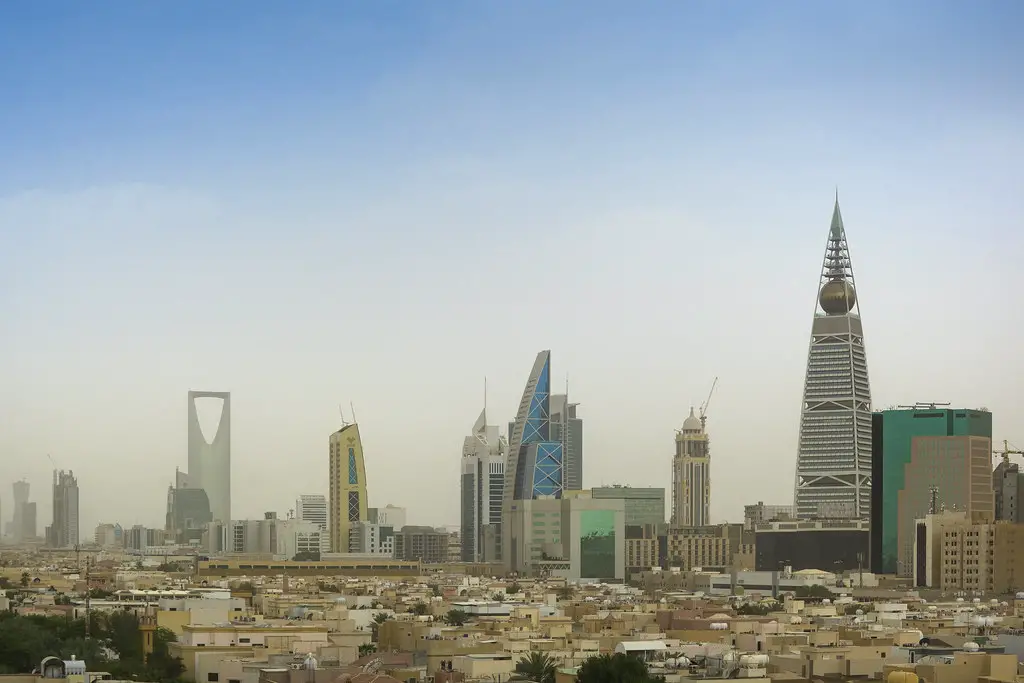
Al-Janadriyah is an annual cultural heritage festival in Riyadh, Saudi Arabia.
What to see or do: Visitors can witness traditional Saudi Arabian dances, music performances, and food and craft stalls. It is a great opportunity to experience the country’s heritage and traditions.
Don’t miss: The camel race and equestrian show are some of the main highlights of the festival. Visitors can also witness traditional sword dances and attend a poetry reading session.
Insider travel tips: It is recommended to arrive early in the day to avoid crowds and enjoy the festival at a relaxed pace. Visitors should also dress modestly and respect the local customs and traditions.
16. Al-Wahbah Crater – Taif
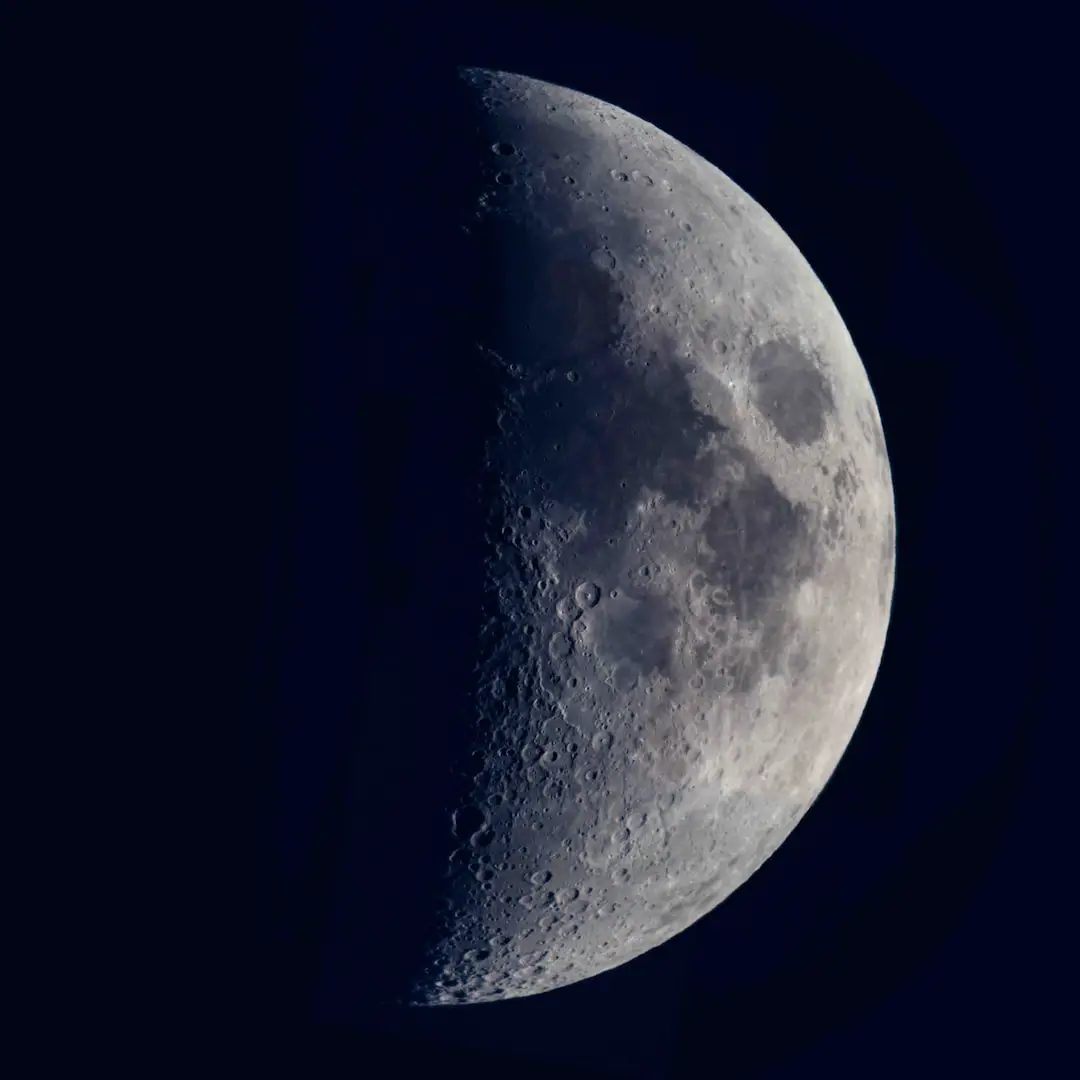
Al-Wahbah Crater is a stunning volcanic crater located in the Mecca region of Saudi Arabia, just outside of Taif.
What to see or do: Visitors can marvel at the breathtaking views of the crater and surrounding landscapes, hike around the rim, or even camp overnight.
Don’t miss: Be sure to take in the stunning sunset views over the crater.
And, if you’re feeling particularly adventurous, consider hiking down to the crater floor and exploring the ancient lava formations up close.
Insider travel tips: Be sure to dress in comfortable walking shoes and bring plenty of water as there is limited shade and the hike back up can be steep.
Additionally, make sure to bring a camera to capture the stunning views, but be mindful of the wind as it can be gusty.
Lastly, note that Al-Wahbah Crater is located in a desert environment, so be prepared for high temperatures during the day and chilly weather at night.
17. Jabal al-Lawz – Tabuk
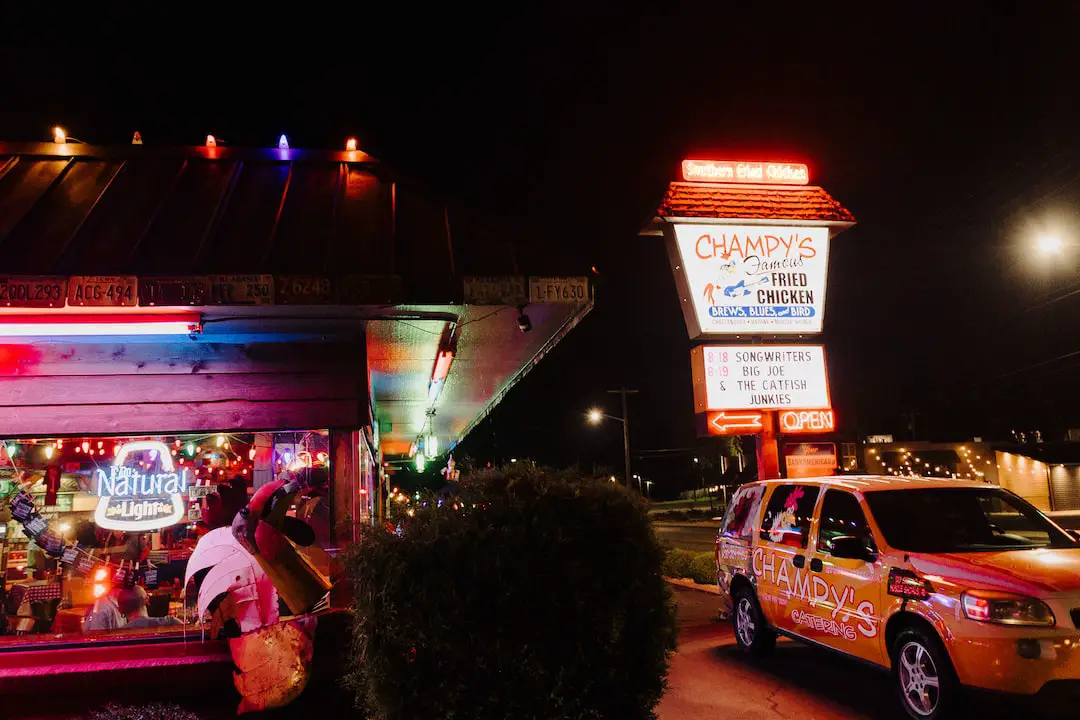
Jabal al-Lawz is a mountain located in Tabuk, Saudi Arabia. It is known for its striking beauty and important religious significance as a possible location of Mount Sinai.
What to see or do: Visitors can take a challenging hike to the summit of Jabal al-Lawz, offering stunning panoramic views of the surrounding landscape.
The area is also home to several ancient ruins, including the ruins of the city of Al-Beidha, an important stop along the ancient caravan routes.
Don’t miss: The opportunity to witness the breathtaking sunrise or sunset from the summit of Jabal al-Lawz. Additionally, visitors should not miss the chance to explore the ancient ruins along the mountain’s foothills.
Insider travel tips: It’s advised to visit during the fall or winter months when the weather is cooler and more enjoyable for outdoor activities.
Be sure to dress appropriately for the hike and bring plenty of water and sunscreen as there are no facilities or amenities available on the mountain.
It is also important to be respectful of the local culture and traditions when visiting this sacred site.
18. Salwa Palace – Jeddah
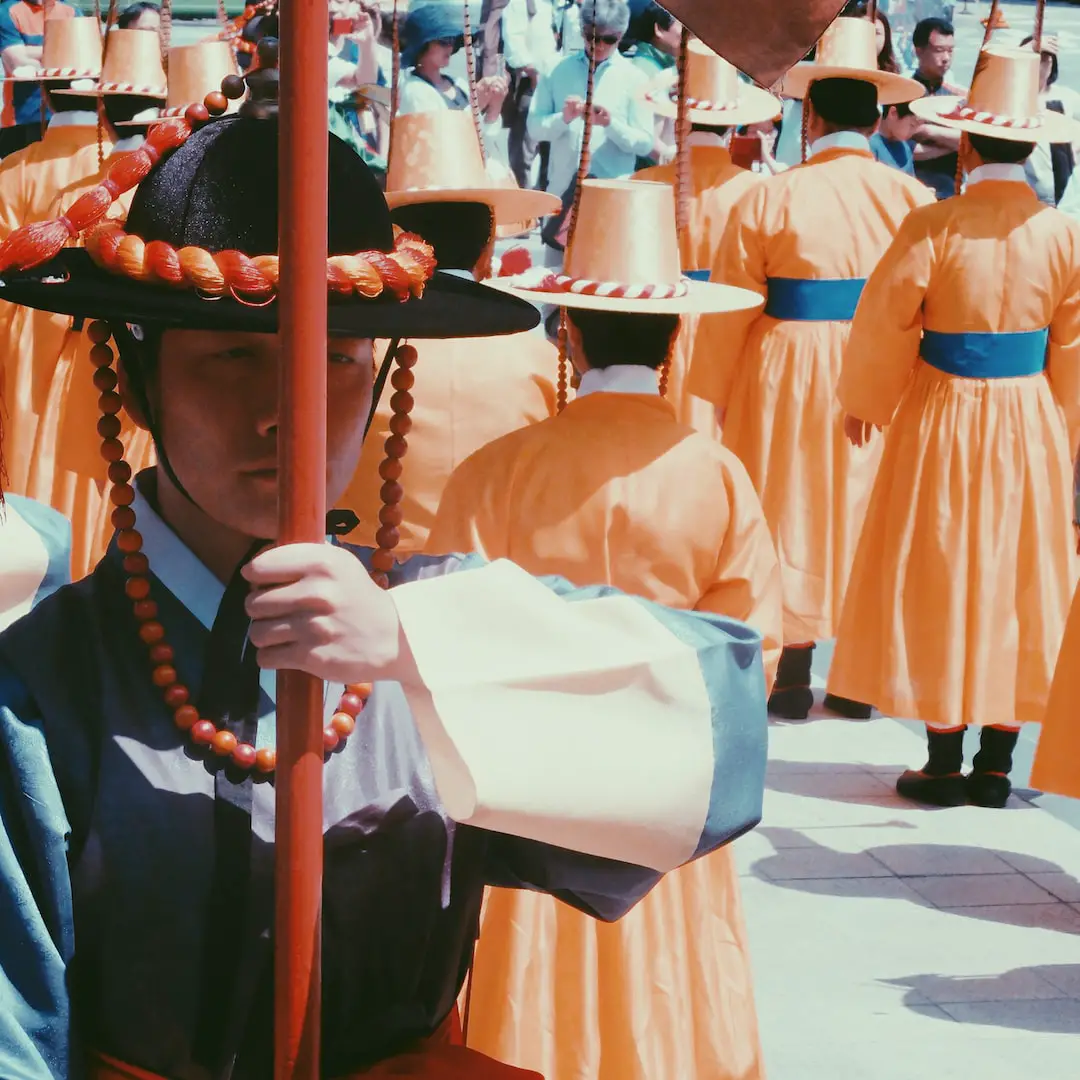
A historic palace in Jeddah that has been converted into a museum.
What to see or do: Explore the various rooms and exhibits that showcase the history and culture of the region. Admire the intricate architecture and design of the palace, which dates back to the 19th century.
Don’t miss: The display of traditional clothing and jewelry, along with the collection of historic photographs and documents. Also, take a stroll through the beautiful gardens surrounding the palace.
Insider travel tips: Check the opening hours in advance, as they can vary depending on the time of year. Keep in mind that photography is not permitted inside the palace.
Also, wear comfortable shoes as you’ll need to walk around to fully explore the palace and gardens.
19. King Abdullah Park – Riyadh
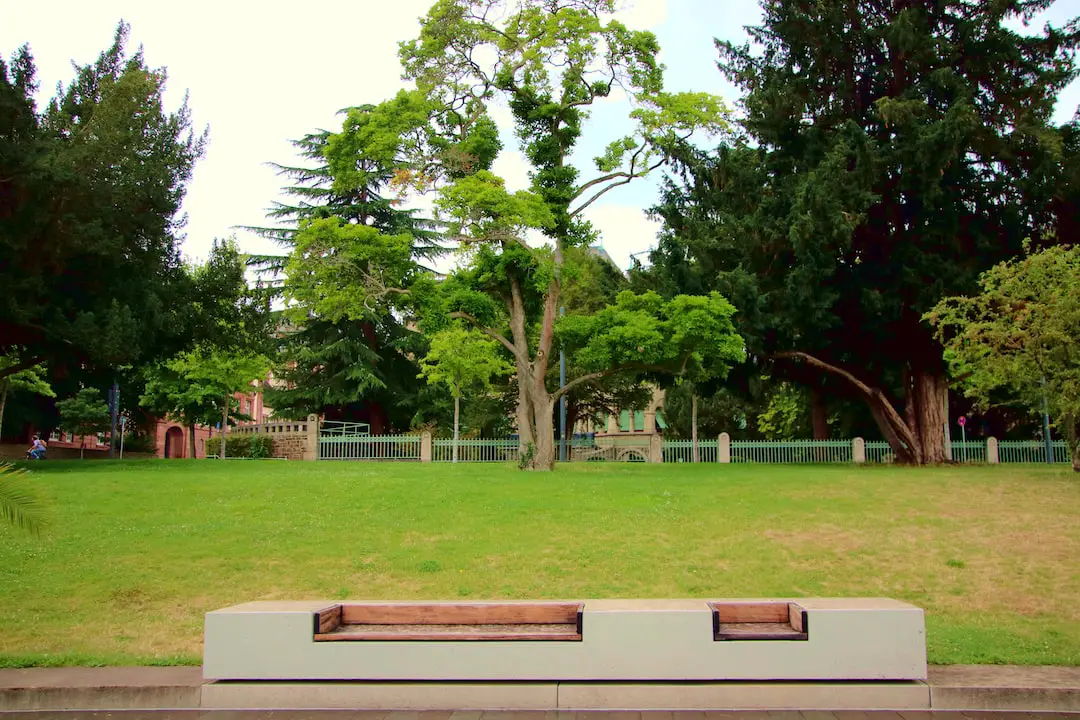
A spacious urban park in the heart of Riyadh that offers a range of attractions and activities for visitors of all ages.
What to see or do: – Visit the stunning Botanical Garden which features diverse plants and trees from around the world.
Don’t miss: The park’s famous musical fountain show that takes places every evening. The fountain dances to a range of songs and is a mesmerizing sight.
Insider travel tips: – Visit the park during weekdays to avoid crowds and enjoy a serene atmosphere.
20. Diriyah – Riyadh
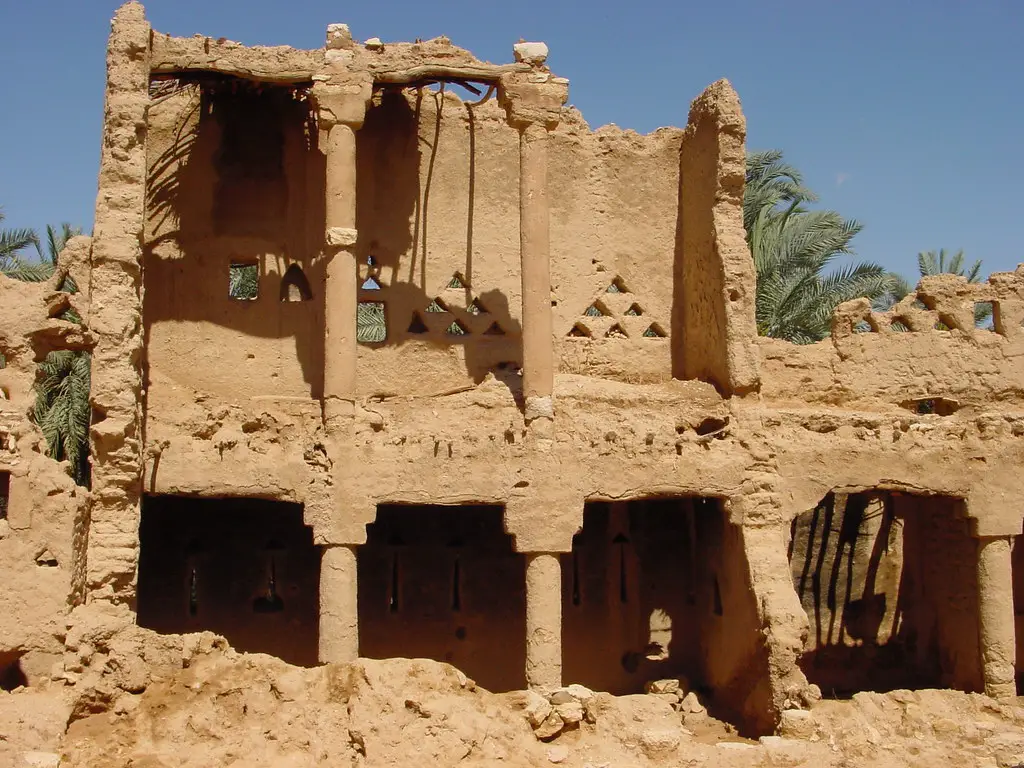
What to see or do: Visit the At-Turaif District which is a UNESCO World Heritage site. Visit the restored mud-brick palaces of the Saudi royal family, museums and galleries.
Don’t miss: The Diriyah Gate Museum which has interactive exhibits showcasing the history of the city and the Kingdom.
Insider travel tips: Visit during the cooler months of October to April and take a guided tour to fully appreciate the significance of the site.
21. Al-Okhdood Archaeological Site – Najran

Al-Okhdood Archaeological Site is an ancient city located in the Najran region of Saudi Arabia.
What to see or do: Visitors can explore the remains of the walled city and see the well-preserved ancient irrigation system. The site also features a number of watchtowers, fortresses, and tombs.
Don’t miss: Don’t miss the chance to see the inscriptions and artwork that adorn the walls and buildings throughout the city. Look for the Christian graffiti, which bears witness to the early Christian presence in the region.
Insider travel tips: Be sure to wear comfortable shoes, as the site is expansive and requires a fair amount of walking.
Plan to arrive early in the morning to avoid the heat of the day, and bring plenty of water and sunscreen.
Additionally, hiring a guide can make the experience more informative and enjoyable.
22. Al Masmak Palace Museum – Riyadh
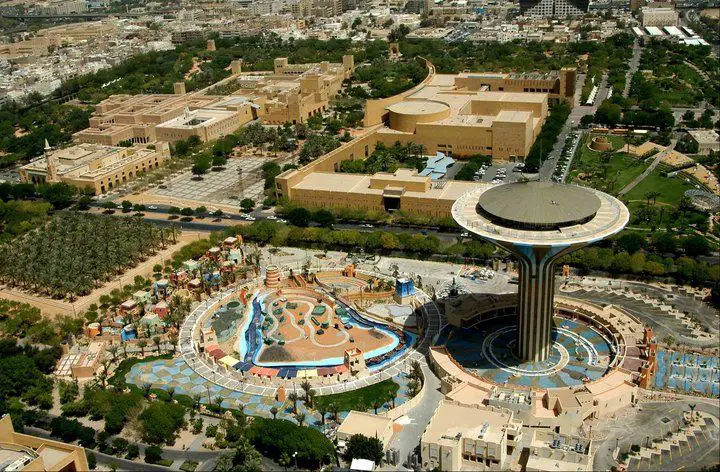
Al Masmak Palace Museum is a historic palace turned museum in the heart of Riyadh, Saudi Arabia.
What to see or do: Visitors can explore the palace’s many rooms and exhibits to learn about the history and culture of Saudi Arabia. The museum features artifacts, photographs, and interactive displays that highlight the country’s heritage and traditions.
Don’t miss: Be sure to check out the courtyard, which is a favorite among visitors for its stunning architecture and fountain. The museum also offers traditional Arabic coffee and dates, which are a must-try.
Insider travel tips: Plan to spend at least a few hours exploring the museum to fully appreciate its many exhibits. It’s also a good idea to dress conservatively out of respect for the museum’s cultural significance.
Finally, be sure to check the museum’s hours of operation, as they can vary throughout the year.
23. Al-Ahsa Oasis – Hofuf
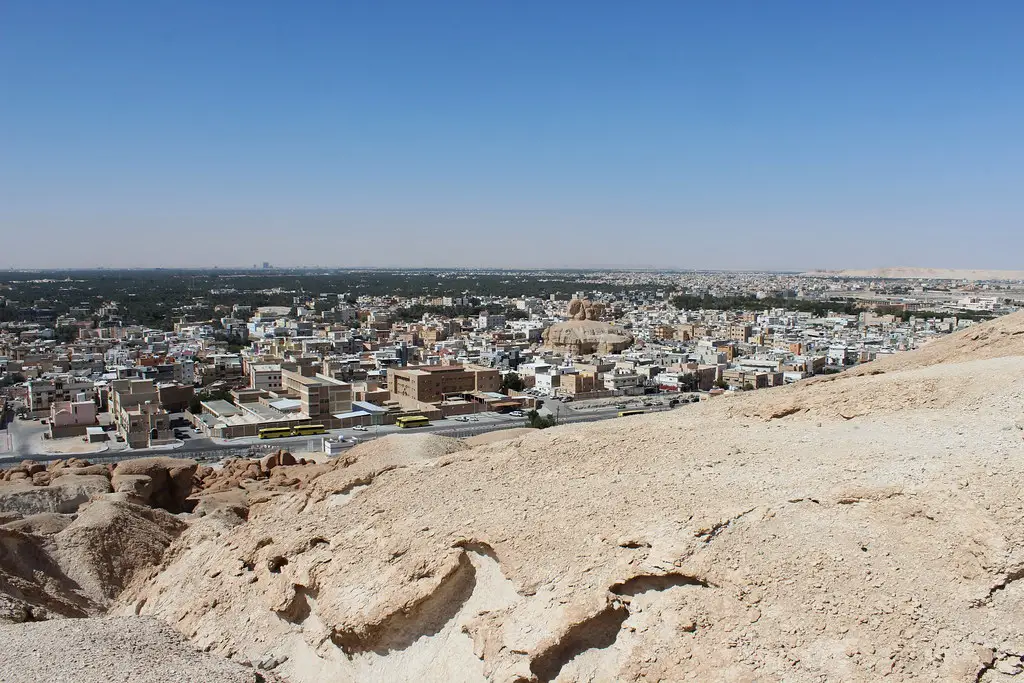
A sprawling palm grove oasis located in the city of Hofuf, in the Eastern Province of Saudi Arabia.
What to see or do: Take a stroll down the oasis paths, visit the Jawatha Mosque, explore the ancient city of Al-Qarah, learn about traditional handicrafts, and witness the unique falaj irrigation system.
Don’t miss: The Qaisariah Souq, a historic market that dates back to the Ottoman Empire and is filled with traditional handicrafts, jewelry, and spices.
Insider travel tips: Visit in the early morning or late afternoon to avoid the heat, bring comfortable walking shoes, and try the local dates and Arabic coffee for an authentic experience.
Also, make sure to ask a local guide about the history and legends behind the oasis.
24. Mount Uhud – Medina
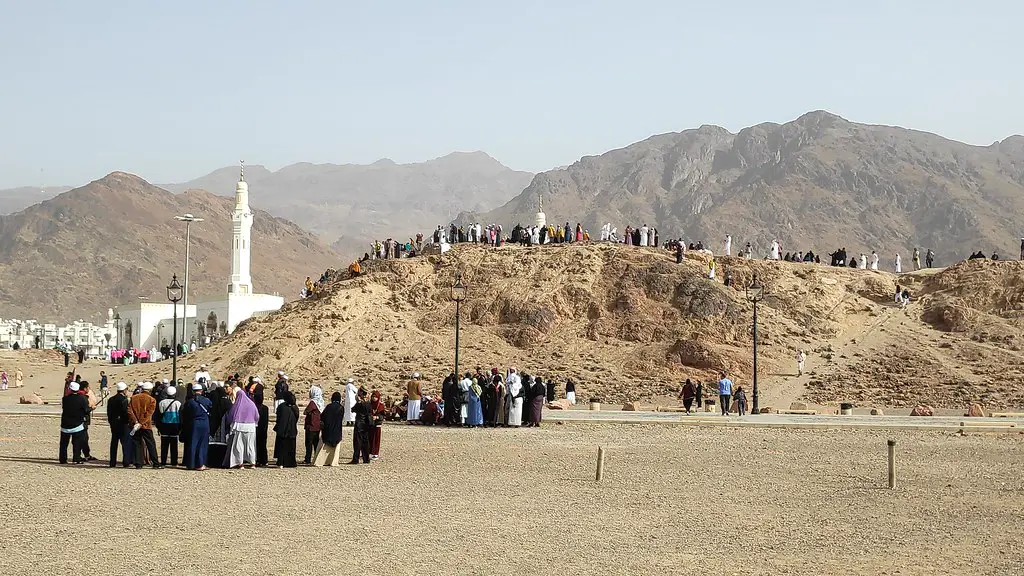
Mount Uhud is a mountain located in the city of Medina, Saudi Arabia, famous for its historical significance in Islamic history.
What to see or do: Visitors can hike up the mountain and enjoy the beautiful panoramic views of the city. The mountain also serves as a site of pilgrimage for Muslims visiting Medina.
Don’t miss: The site of the Battle of Uhud, which took place in 625 CE, where Muslim soldiers fought against the Meccan army.
There is a cemetery nearby where the martyrs of the battle are buried.
Insider travel tips: It is advisable to wear comfortable shoes and bring water for the hike.
It is also recommended to visit the site with a tour guide or a knowledgeable local to learn about the historical significance of the mountain.
25. Saqr Al-Jazirah Aviation Museum – Riyadh
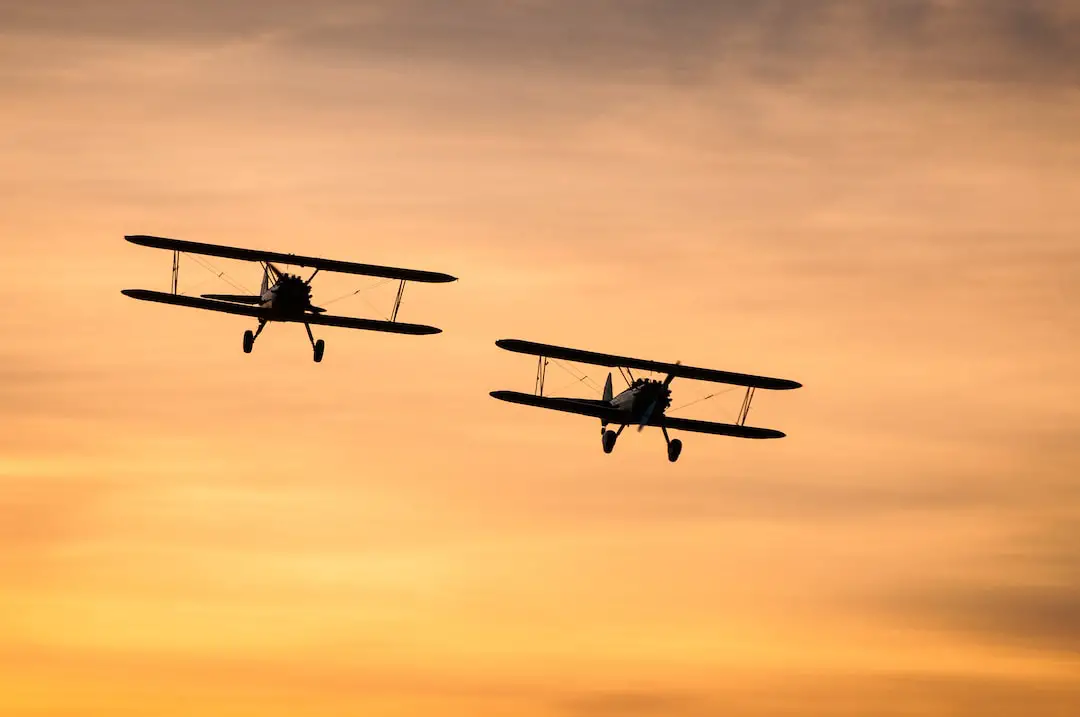
Saqr Al-Jazirah Aviation Museum is a museum located in Riyadh, Saudi Arabia, dedicated to showcasing the history and development of aviation in the region.
What to see or do: Visitors can explore the museum’s collection of over 600 exhibits, including airplanes, helicopters, engines, and other aviation memorabilia. There are also interactive exhibits and simulators that allow visitors to experience the sensation of flying.
Don’t miss: Don’t miss the opportunity to see the museum’s collection of military and civilian aircraft, including a Boeing 727 and a Saudi Arabian Airlines Lockheed L-1011 Tristar.
Insider travel tips: – The museum is closed on Mondays.
26. Al Rajhi Grand Mosque – Riyadh
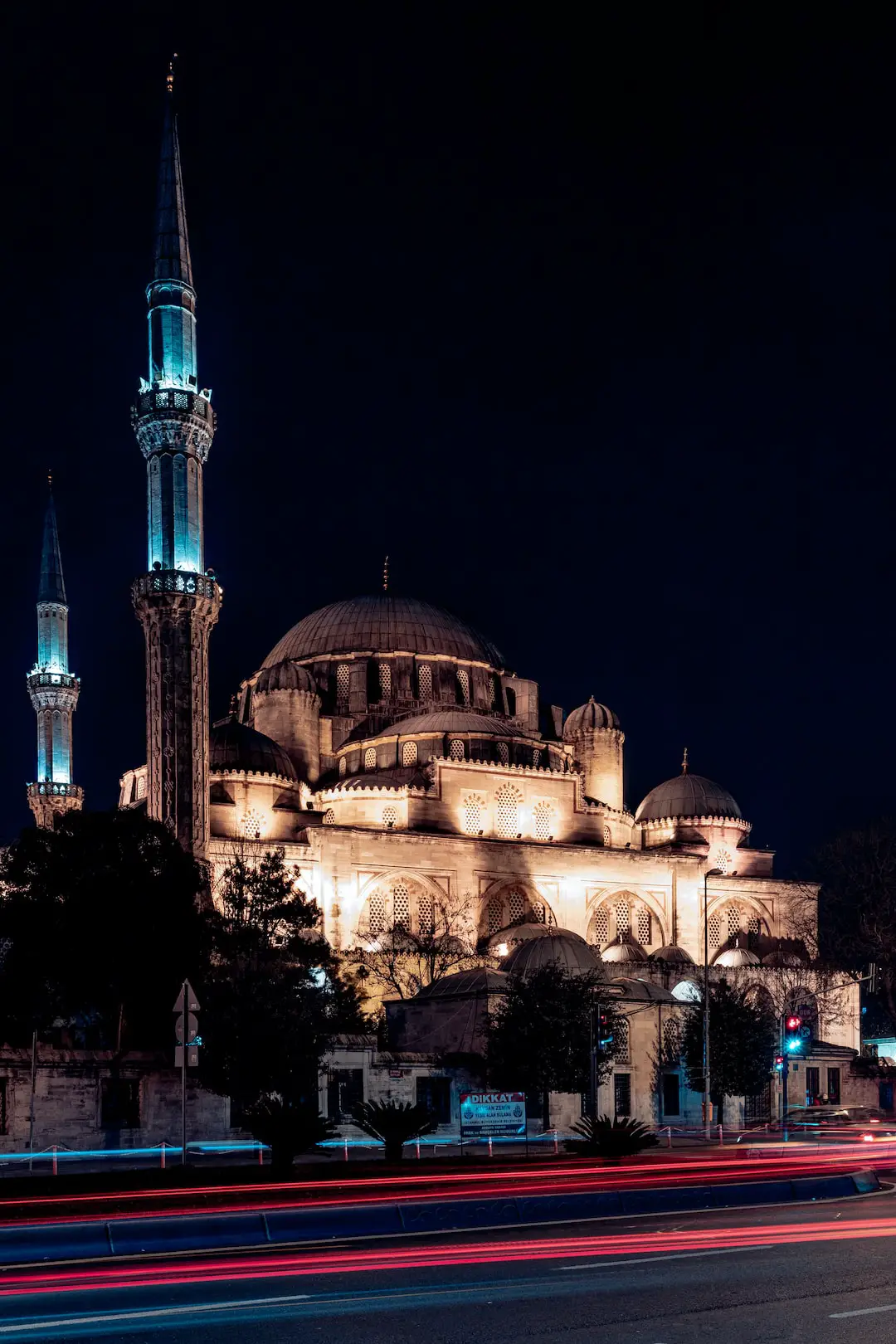
Al Rajhi Grand Mosque is one of the largest and most significant mosques in Riyadh, the capital city of Saudi Arabia.
It is the main mosque for the Al Rajhi family, who are prominent business leaders and philanthropists in the country.
What to see or do: The mosque features striking architecture with multiple domes, towering minarets, and intricate geometric patterns. Visitors can take guided tours of the mosque to learn about its history and significance in Saudi society.
The mosque also hosts daily prayer services and is open to all Muslims for worship.
Don’t miss: Visitors can view the mosque’s impressive interior, including the vast prayer hall that can accommodate thousands of worshippers, and the ornately decorated dome that is a hallmark of Islamic architecture.
The mosque also has a large courtyard where visitors can relax and take in the surroundings.
Insider travel tips: Non-Muslim visitors are welcome to visit the mosque but are required to dress modestly and remove their shoes before entering. It’s also best to visit during the early morning or late afternoon hours when the temperature is cooler.
Visitors should also be respectful of the mosque and its worshippers, refraining from taking photos during prayer times or making loud noises.
27. Jubbah Rock Art – Ha’il

Jubbah Rock Art is a UNESCO World Heritage site located in Ha’il, Saudi Arabia. It is an open-air museum that features prehistoric rock carvings and inscriptions dating back thousands of years.
What to see or do: Visitors can admire the more than 16,000 petroglyphs, or rock carvings, that depict animals, human figures, and hunting scenes. The site also features ancient wells, tombs, and ruins that provide insight into the life of the region’s earliest inhabitants.
Don’t miss: One of the site’s most impressive features is the “Camel Site,” which showcases life-size carvings of camels that appear to be in motion.
Visitors can also explore the nearby Jabal al-Manjor and Jabal Raat, which offer stunning views of the surrounding landscape.
Insider travel tips: Plan to spend several hours at Jubbah Rock Art to fully appreciate the site’s historical significance and beauty. Wear comfortable shoes and bring plenty of water, as the area can be hot and dry.
To avoid crowds, visit during the week or early in the morning.
28. Al-Qassim Heritage Village – Al-Qassim
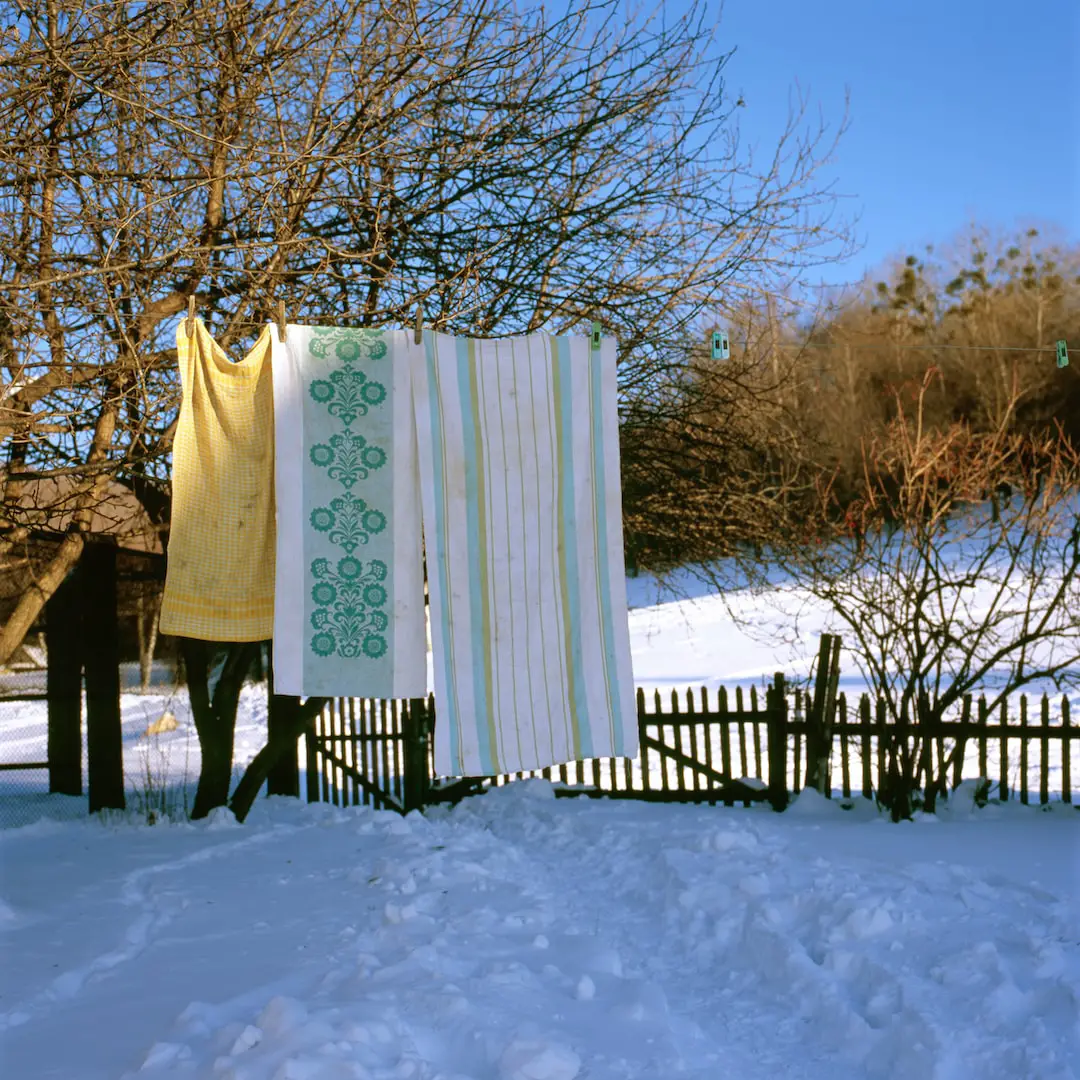
Al-Qassim Heritage Village is a living museum in Al-Qassim Province, Saudi Arabia, that offers visitors a glimpse of the region’s cultural heritage.
What to see or do: Visitors can explore the traditional architecture of the region, including mud-brick houses and watchtowers. There are also exhibits showcasing traditional crafts such as weaving, pottery, and metalworking.
Visitors can watch craftsmen at work and purchase their handmade souvenirs. There are also cultural performances, including dancing, poetry recitations, and storytelling.
Don’t miss: Don’t miss the opportunity to try traditional Saudi Arabian food that’s available on-site. Visitors can sample dishes such as lamb meat, rice, and local bread.
There is also a shopping area where visitors can buy local handicrafts and souvenirs.
Insider travel tips: – Al-Qassim Heritage Village is located about 30km from Buraydah city.